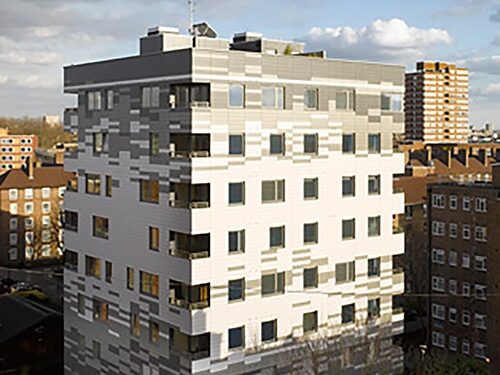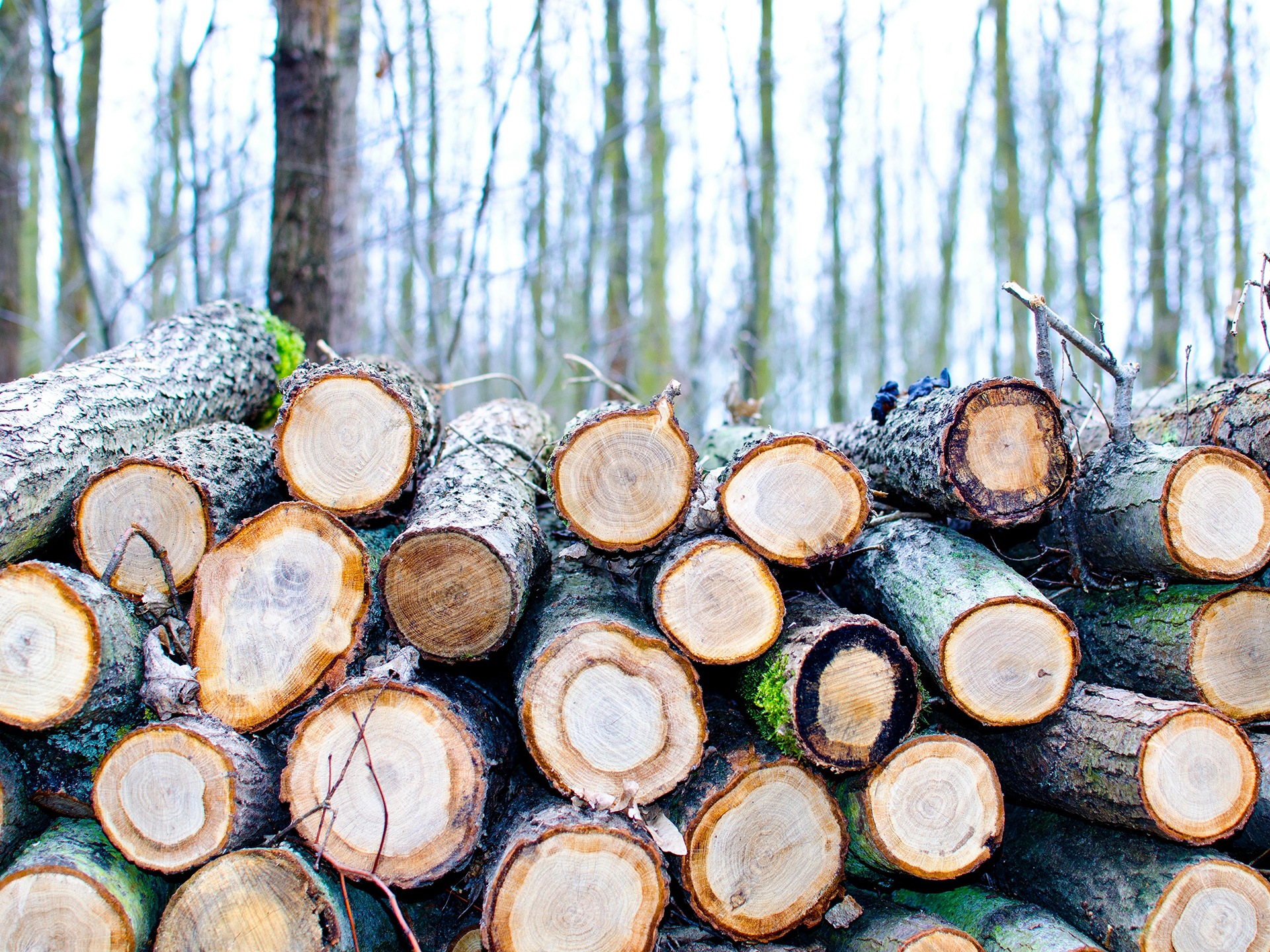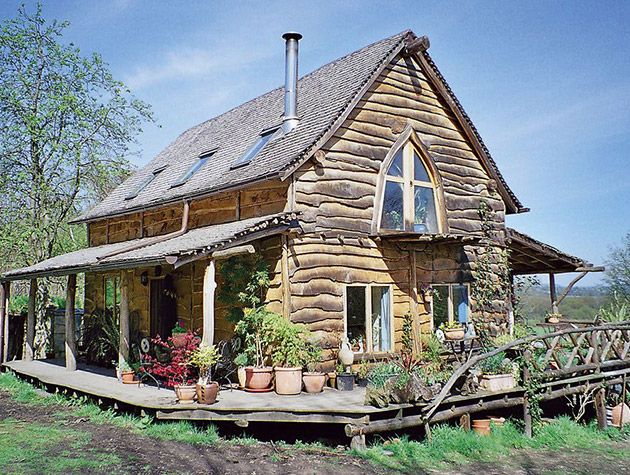Timber in construction: all the best online resources
To mark the launch of government's Timber in Construction Roadmap, we round up the best online info sources on timber building
The government has published a new Timber in Construction Roadmap that aims to pave the way for greater use of wood in building projects in England. This is an important aspiration because, despite the potential sustainability gains from timber construction methods, the proportion of English homes using timber-frame construction remains stubbornly low.
The policy document from the Department for Environment, Food and Rural Affairs (DEFRA) aims to promote best practices and support high-performance timber construction as a way to encourage sustainability in construction while emphasising that “we must also ensure that any increases in the use of timber are sustainable and do not contribute to greater rates of global forest degradation or deforestation”.
Priorities
The document sets out seven key priorities to encourage the use of timber for building:
- improving data on timber and whole-life carbon
- promoting the safe, sustainable use of timber as a construction material
- increasing skills, capacity, and competency across the supply chain
- increasing the sustainable supply of timber
- addressing fire safety and durability concerns to safely expand the use of engineered mass timber
- increasing collaboration with insurers, lenders, and warranty providers
- promoting innovation and high-performing timber construction systems
Carbon capture
Timber from sustainably managed forests – such as those certified by the Forest Stewardship Council – acts as a carbon store, locking in carbon from the atmosphere for as long as it is in use. Carbon storage is about 50 per cent higher in timber-framed buildings than in masonry homes. In larger buildings that use engineered timber products, such as cross-laminated timber (CLT) instead of concrete, the carbon capture can be as much as four times that of the equivalent masonry building. That’s why ‘plyscrapers’, such as the nine-storey Stadthaus (pictured below) at Murray Grove in Hoxton, east London, are so exciting. This is a tower block made completely of wood, which stores over 181 tonnes of carbon, with an additional 125 tonnes of carbon saved because the structure doesn’t have a concrete frame.

Image credit: Waugh Thistleton Architects (CC BY-SA 4.0)
Timber use across the UK
When it comes to timber use, Scotland is already way ahead of England: according to 2019 figures, 9% of new English homes were timber framed, while in Scotland the figure was 92%! But a whole raft of initiatives are seeking to increase the use of timber in UK buildings. Here are just a few of them, all of which are useful sources of information if you are interested in learning more about timber construction.
More trees
Building on the England Trees Action Plan, as part of its Environmental Improvement Plan 2023, the government has set itself the target of increasing the tree canopy and woodland cover in England to 16.5 percent of the country by 2050. Meanwhile, the National Wood Strategy wants to see us exceed this target and plant event more trees and make even better use of them.

Image credit: Pexels/lukas
Timber construction
If you’re interested in the latest developments in timber construction, the Transforming Timber website has heaps of useful resources about innovation and good practice. Timber Development UK publishes lots of resources aimed at professionals from carpenters to architects, such as their timber knowledge sheets.
The Structural Timber Association, which represents the industry, has good information on its website about timber frame and SIP construction, plus a gallery of inspiring self-build projects.
The Mass Timber Insurance Playbook, may not be the easiest read, but it is an important document developed for the Alliance for Sustainable Building Products by insurance and building resilience specialists to help the insurance and construction industries understand each other’s priorities and language. The ultimate aim is to encourage the insurance industry to be more open to timber construction methods. ASBP also has a really interesting directory of sustainable building products on their website.
The Wood Panel Industries Federation has a great guide to the best practice use of all kinds of engineered wood, such as plywood, particleboard, oriented strand board, fibreboard etc.
The Built By Nature website has a knowledge base crammed with all the latest research and policy news about building with wood.
Of course, Grand Designs participants have always been ahead of the curve when it comes to timber construction. Many favourite projects on the show have been timber builds. Think: Ben Law’s wooden house (below), Tom Raffield’s steam bent house, or Lucinda’s wooden house in Herefordshire.

Your timber build
If you are thinking about building your own timber home, read our guide to timber construction methods.
Look at the winners of the Wood Awards for some of the most innovative and exciting timber buildings.
Arup’s report Rethinking Timber Buildings is a great summary of current research and best practice in timber construction and includes some truly inspiring case studies.
And, if you need further inspiration, check out these 10 impressive timber homes.









